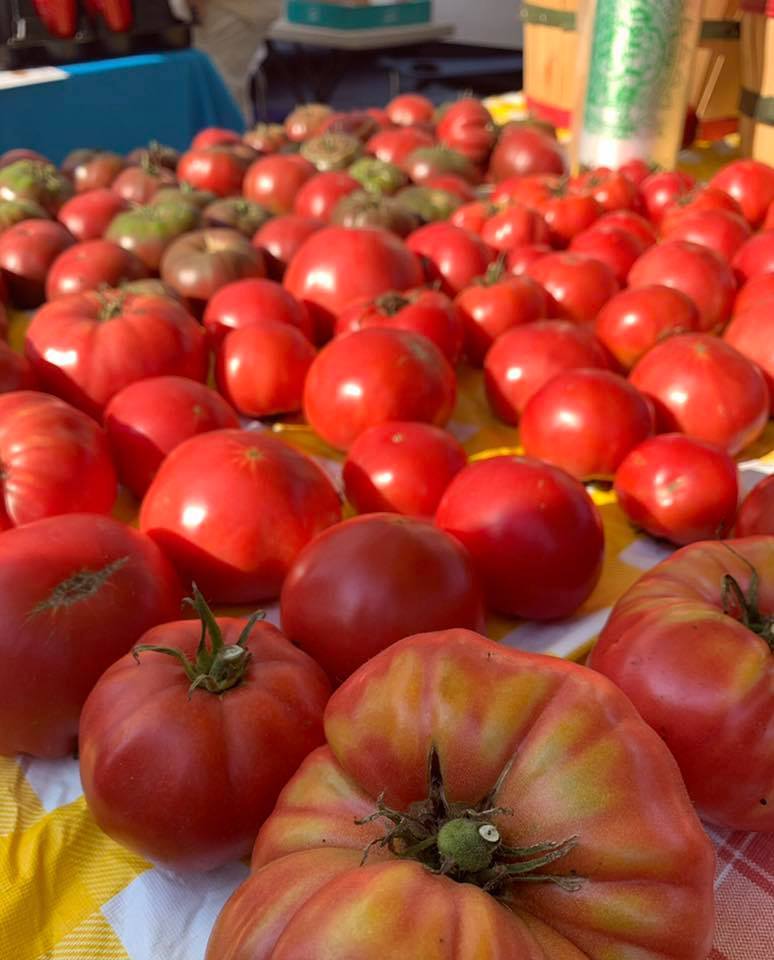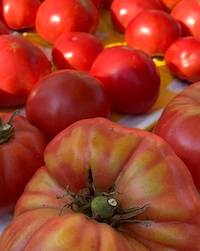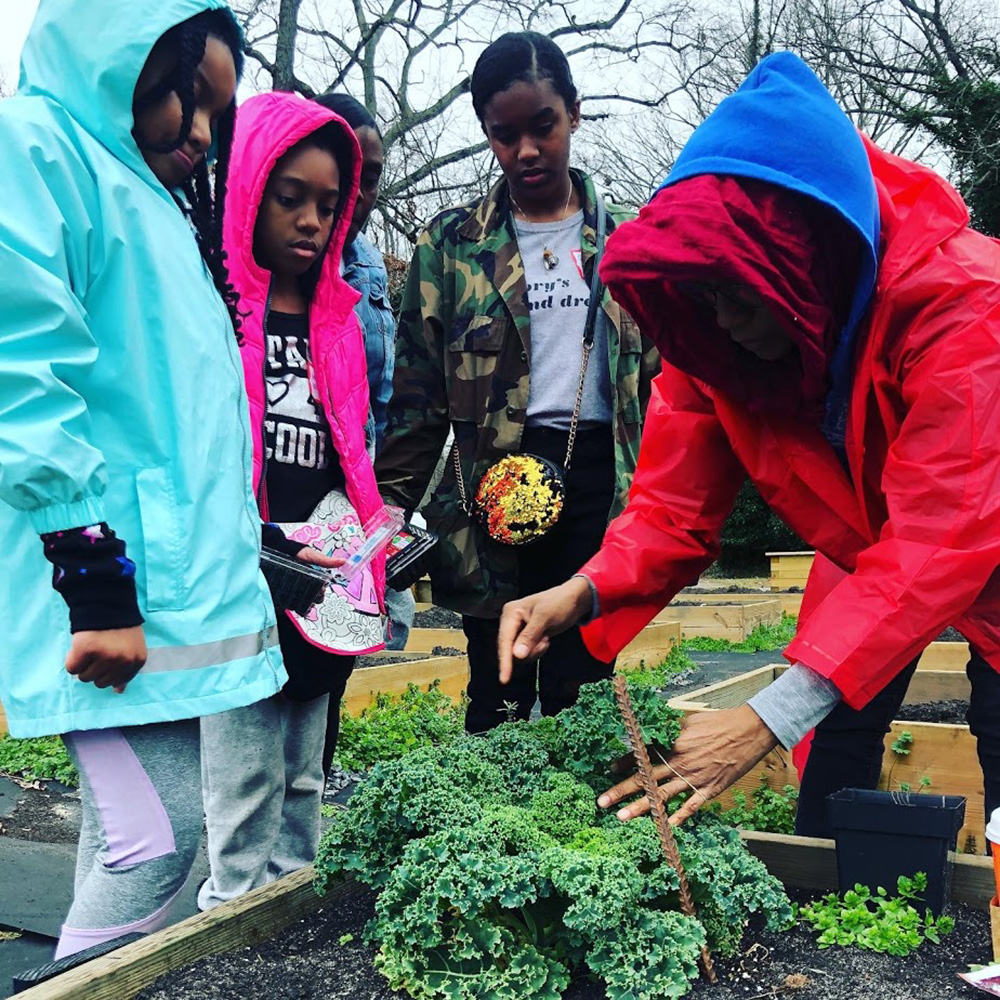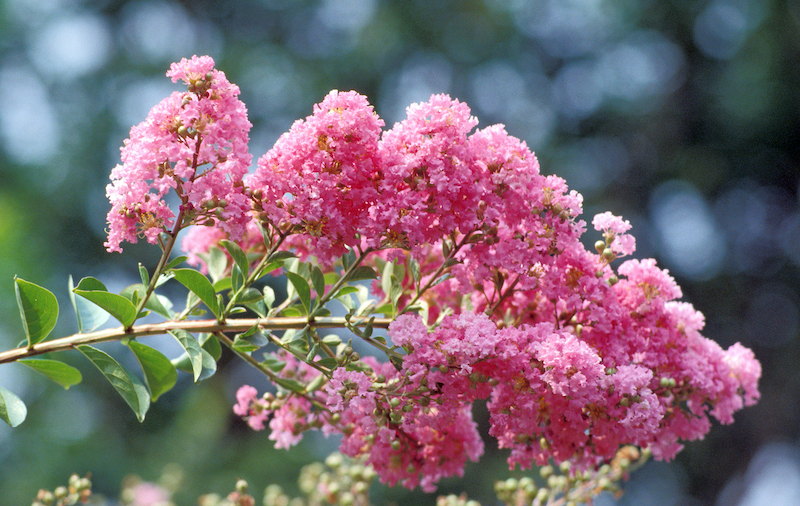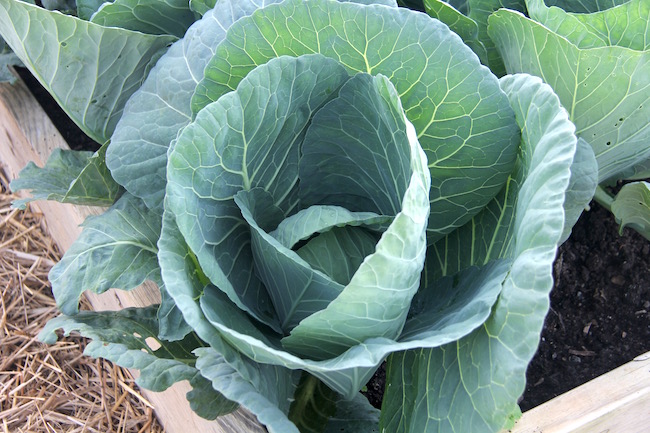During the summer growing season, the love many have for a homegrown tomato approaches obsession. In fact, some people love tomatoes so much that they struggle to grow them — because they give their plants too much care.
The calls have started to come in to University of Georgia Cooperative Extension offices: “My tomato plant leaves are yellowing or browning, curling, spotting or wilting.” I hear it every year, beginning right about now.
As I talk to gardeners, I learn that they water the plants every day, fertilize them dutifully and plant them in the same spot year after year. This well-intentioned care has resulted in the problems they are desperately trying to solve.
Follow these basic rules and you will produce a great crop of tomatoes this summer:
- Water correctly. Do not overwater. The first week tomato plants are in the ground, they need water every day, but back off watering after the first week, slowly weaning the plants down to 1 to 1.5 inches of water per week. Watering tomato plants every day will prevent them from developing a strong root system and sitting in wet soil is an invitation to root rot and other soilborne diseases.
- When you water, do not wet the plant leaves. Wet leaves invite infections that can cause your plant leaves to spot, yellow and wilt before the plant has a chance to produce any of the tasty tomatoes that you are so anxiously anticipating.
- Water early in the day. Early watering gives the plant time to take up the water before the heat of the sun increases evaporation, making your water application more effective.
- Mulch around your tomato plants. To help conserve soil moisture, keep the root system cool. Mulching also helps reduce the chance of diseases infecting your tomato plants. A 2- to 3-inch layer of mulch will suffice and can help protect your plants from weed competition. It can also reduce the splashing of water that can transfer soilborne diseases to the leaves and stems of the plants.
- Rotate your crop each year. Try to plant tomatoes in a different spot every year, rotating through your garden space every three to four years. Planting them in the same place allows disease pathogens that are specific to tomatoes to build up in the soil. By moving them around in the garden each year, you can break up the disease cycle.
- Be careful with fertilizer. Young tomato plants are sensitive to nitrogen and can be easily burned if overfertilized. Also, have your soil tested and follow recommendations based on test results carefully. Don't apply all of the recommended fertilizer at the time you plant tomatoes. Wait until they have established a good root system and started to grow before you fertilize. Overfertilization of mature plants can result in lush green plants that never flower and therefore will not produce tomatoes.
More information is available in UGA Extension Bulletin 1271, "Georgia Homegrown Tomatoes."
UGA Extension can help answer questions about home horticulture, sustainable landscaping and environmentally friendly gardening practices using unbiased, research-based information. For more information contact your local UGA Extension office.

